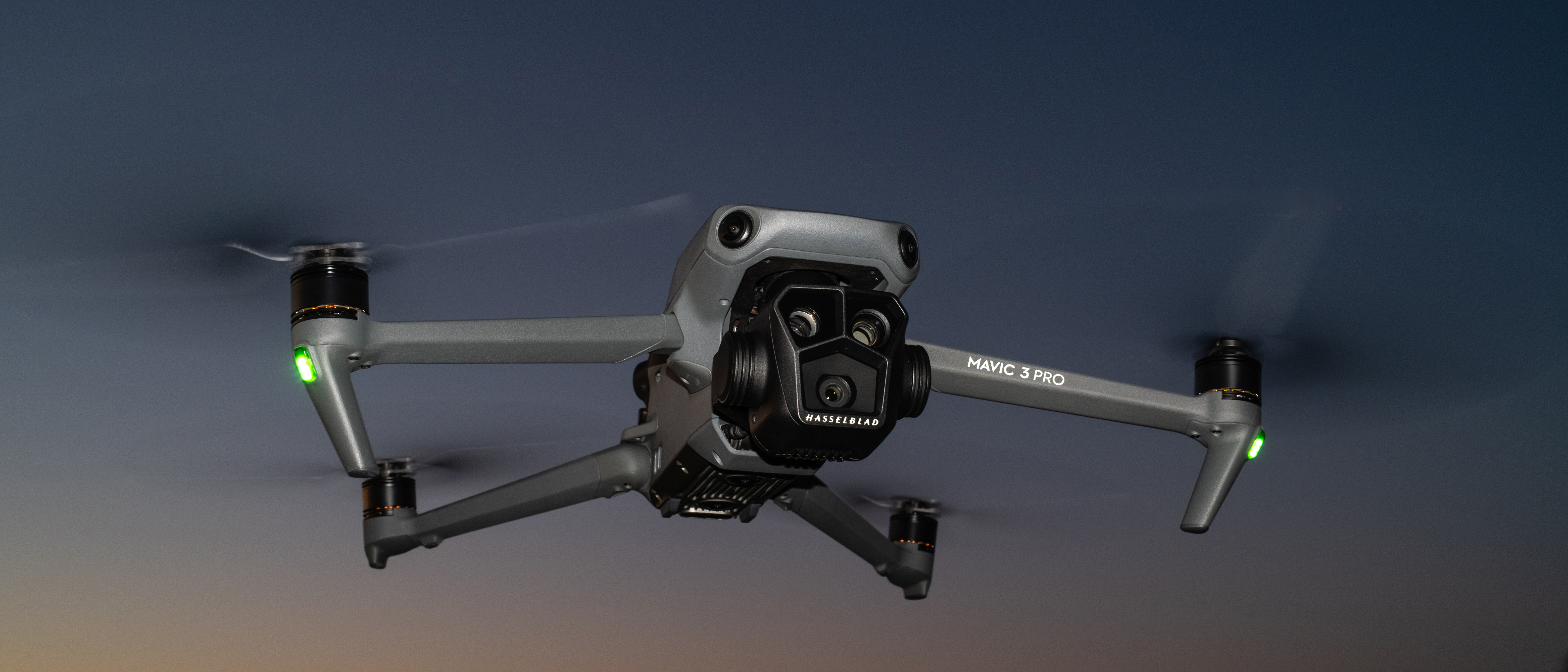Distant 'Requiem' supernova will be visible again in 2037, astronomers predict
The supernova is visible thanks to a giant galaxy cluster that acts like a magnifying glass.

A distant supernova previously imaged by the Hubble Space Telescope will be visible again from Earth in 2037, astronomers predict.
The supernova, dubbed Requiem, is a result of a stellar explosion some 10 billion light-years away. It was visible to the legendary space observatory three times in 2016, thanks to a phenomenon called gravitational lensing.
Gravitational lensing occurs in the vicinity of super-massive celestial bodies that have the ability to bend and split light, magnifying and distorting the images of objects behind them. In the case of supernova Requiem, a giant galaxy cluster called MACS J0138.0-2155, served as the magnifying glass and revealed the stellar explosion in three different snapshots based on three different paths the supernova's light took through the cluster.
Related: Star-smash supernova? New type of stellar explosion possibly seen
In photos: The best Hubble Space Telescope images of all time!
The prediction that the supernova will be visible again (although not to a naked eye) is based on computer modelling of the distribution of matter inside the cluster, which lies some 4 billion light-years away from Earth.
This final display of the supernova will be delayed by more than two decades compared to the previous three sightings because the light carrying the last image must travel through the central part of the cluster, which is also the densest due to the concentration of dark matter, a team of European and American researchers said in a statement.
"This is the last one to arrive because it's like a train that has to go deep down into a valley and climb back out again," Steve Rodney, an astronomer at the University of South Carolina and lead scientist on the new research predicting Requiem's return, said in the statement. "That's the slowest kind of trip for light."
Breaking space news, the latest updates on rocket launches, skywatching events and more!
The previous three sightings were discovered by accident in 2019 in Hubble's archived data three years after the observatory acquired the images.
Gabe Brammer, an astronomer at the University of Copenhagen in Denmark, stumbled on the supernova by accident while looking for unknown distant galaxies as part of an ongoing research program called REsolved QUIEscent Magnified Galaxies (REQUIEM), hence the supernova's name.
At first, he only spotted one small dot in the 2016 images and thought it was a galaxy hidden far behind the massive cluster and made visible through gravitational lensing.
"On further inspection of the 2016 data, I noticed there were actually three magnified objects, two red and a purple," Brammer, who is a co-author of the new research, said in the statement.
The three tiny dots of different brightness levels were dispersed in an arc shape around the cluster's core. Brammer then looked for the objects in newer images. But to his surprise, they were no longer there.
"Immediately, it suggested to me that it was not a distant galaxy but actually a transient source in this system that had faded from view in the 2019 images like a light bulb that had been flicked off."
A supernova explosion lasts only dozens of seconds. The bright flash of light it creates fades quickly and completely disappears within a year.
Upon closer examination of the images, the scientists could also see that the bright dots were surrounded by dusty smears, likely magnified snapshots of the supernova's host galaxy.
Rodney, Brammer and astronomer Johan Richard of the University of Lyon in France, worked together to further analyze the event. Based on the three observations, they produced maps of the distribution of dark matter in the cluster to understand how its gravity bends and distorts light. In addition to the 2037 sighting, they calculated the supernova might be visible again in 2042, but that final event will probably be too faint to produce any valuable observations.
The astronomers hope the new observation opportunity will help them to gather more information about the distant cluster and the distribution of the mysterious dark matter within it. Dark matter, believed to make up the majority of all matter in the universe, is responsible for the majority of the gravitational forces in the universe and therefore plays an important role in its expansion.
"The discovery [of supernova Requiem] is the third example of a multiply imaged supernova for which we can actually measure the delay in arrival times," Rodney said. "It is the most distant of the three, and the predicted delay is extraordinarily long."
Spotting lensed supernovas has become easier over the past 20 years and will become even more so as ever-more-powerful wide-field telescopes come online, like the Vera C. Rubin Observatory in Chile or NASA's Nancy Grace Roman Space Telescope.
The study was published on Sept. 13 in the journal Nature Astronomy.
Follow Tereza Pultarova on Twitter @TerezaPultarova. Follow us on Twitter @Spacedotcom and on Facebook.
Join our Space Forums to keep talking space on the latest missions, night sky and more! And if you have a news tip, correction or comment, let us know at: community@space.com.

Tereza is a London-based science and technology journalist, aspiring fiction writer and amateur gymnast. Originally from Prague, the Czech Republic, she spent the first seven years of her career working as a reporter, script-writer and presenter for various TV programmes of the Czech Public Service Television. She later took a career break to pursue further education and added a Master's in Science from the International Space University, France, to her Bachelor's in Journalism and Master's in Cultural Anthropology from Prague's Charles University. She worked as a reporter at the Engineering and Technology magazine, freelanced for a range of publications including Live Science, Space.com, Professional Engineering, Via Satellite and Space News and served as a maternity cover science editor at the European Space Agency.
